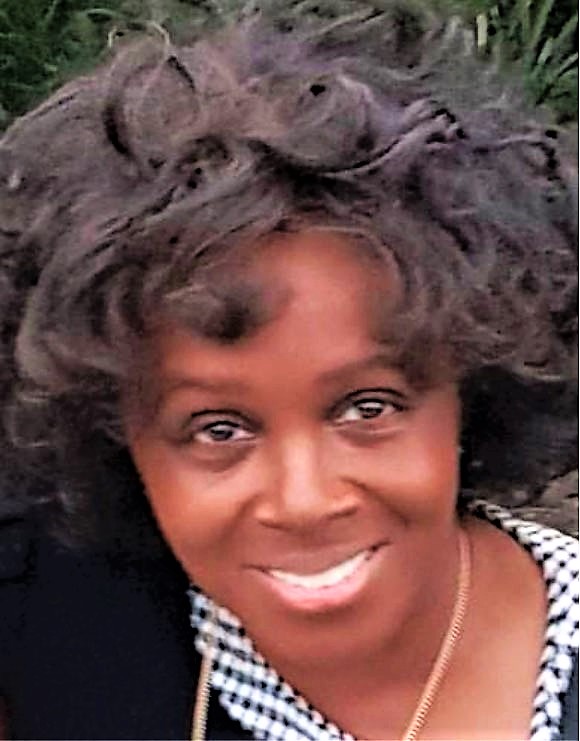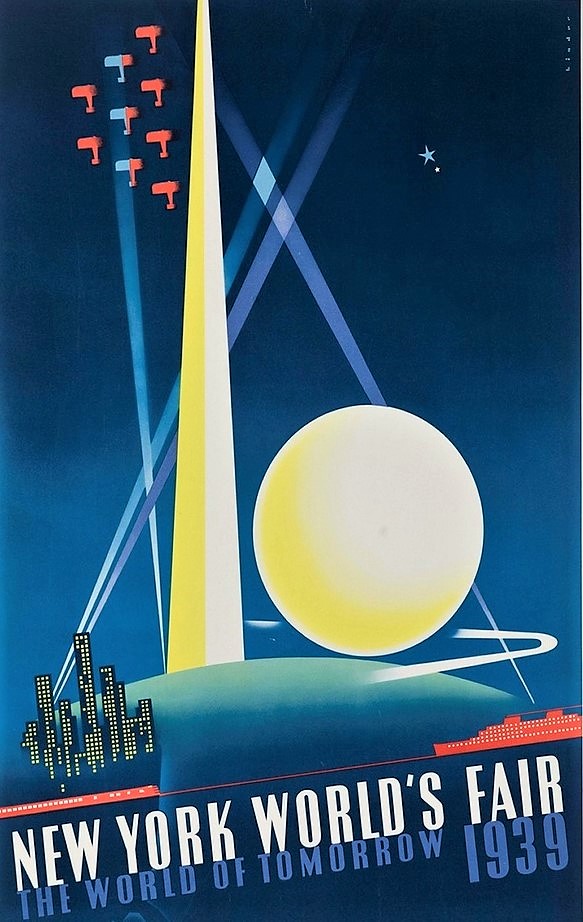By Maureen Grey

Queens have often fascinated Americans. Despite America’s fight for independence starting in 1775, Americans have been fascinated with the British monarchy as is evident by the celebrations for Queen Elizabeth’s Platinum Jubilee in June, and sadly the mournful tributes in September 2022 for Elizabeth II Regina – a monarch who executed her duties faithfully with grace, seriousness of purpose, diplomacy, and with great wit, but never took a complete tour of Queens, NY.
Although Elizabeth II served as the lead ambassador of Great Britain and the Commonwealth, ironically, she did not tour Queens except for a brief visit to catch the plane at Idlewild Airport, present day JFK airport. One would think that someone on the NYC Tourist Board or the Queens Chamber of Commerce would have suggested that the Queen visit Queens, after all, Queens County was named for Queen Consort Catherine of Braganza (1638-1705), wife of Charles II. However, it is that lack of respect for Queens, NY that these articles are being written. Unlike Queen Elizabeth, Queens, NY is being ignored and trampled upon by overzealous developers.

This past month, the death of Queen Elizabeth has caused the world to recognize her impact on humanity and many individuals’ lives. Queen Elizabeth’s impact was indirect on Queens because she was supporting New York City trade deals in Manhattan that would eventually impact Queens, but her father, George was the one who opened Queens to the world when he attended the 1939 World’s Fair.
Perhaps one is surprised that such an article is being written, after all America is a federal republic whose constitution forbids royal titles. However, Americans are fascinated just the same with the British monarchy mainly because so many people, especially in Queens, can trace their roots to Great Britain, the colonies thereof, or the Commonwealth. Almost half of the population in Queens is foreign-born. The top four countries with the most population represented in Queens are Dominican Republic, China, Jamaica, and India.* Three of the four countries were colonies of Great Britain.
When I was younger, The Queen came to visit Jamaica. All the school children practiced their curtsies hoping to meet the Queen when she toured the school. I did not see her. My family missed seeing her at the national stadium When I came to America, I did not think that the Queen would visit Queens. What did Queens have to offer Britain that the Queen would be sent to see? Look-a-like houses? Manhattan was the center of all activity-that was the place for a queen – not Queens, New York. These were the thoughts of a new immigrant who did not know the long history of Queens or could find anyone who could tell me.
My negative attitude about Queens changed when I moved into my first apartment. Subconsciously, Queens became a part of my identity. I missed being called a girl from Queens. When I realized that “Queens” actually was the plural for a female monarch – not just a borough in New York City – I decided to buy a queen-sized bed. I was not used to the space and I could not figure out if I should sleep on the left, right, or middle of the bed. Having all these options and space caused me to think that this is what is meant by being royal – it means having space and options. Queens, NY has a lot of space, and the residents have options, they can fight for it, therefore Queens, NY is royal.
Over time, I have learned that there was a real effort to make Queens modern and or industrialized. In the 1920’s and 1930’s the Queens Chamber of Commerce encouraged development and industrialization because Queens had so much farmland – so much space. Bridges, highways, and factories were built – often disturbing long established neighborhoods which had witnessed such events as the American Revolution, the1863 Civil War Draft riots, and the first meeting of the Republican Club. Hotels that hosted George Washington were demolished to make way for new businesses. Most of the buildings in which the Queens Village Republican Club, the first such club in the land, were demolished. There has been little regard for history or compliance with the Bard Act – the law which made landmarking and preservation possible in New York City. Even today landmarking is nearly impossible for buildings made of wood in Queens.
It is the industrial modernity that most likely attracted people in 1939 to attend the World’s Fair hosted by New York at Flushing Meadows-Corona Park in Queens. However, the impending World War may have encouraged the British government to shore up American support*** by dispatching the King and Queen of Great Britain, George VI and Queen Elizabeth, Queen Elizabeth II’s father and mother. They started their visit in Washington, D.C., then traveled to New York to attend the World’s Fair. Their motorcade drove from Manhattan on the newly built Grand Central highway to Fresh Meadows. Their visit marked the first time that a reigning British monarch had visited the United States. This 1939 visit of the British monarch ignited an interest in the British monarchy, especially during and after World War II.
With recovery so important in Great Britain and industrial expansion so keen in the United States after World War II, touring Queens was not on the agenda the next time a monarch visited. When Queen Elizabeth, daughter of George VI, arrived in 1957, the only part of Queens that she set foot on was Idlewild Airport, the former name for JFK International airport.
Although Queen Elizabeth did not follow her father’s footsteps by attending the 1964 World’s Fair in Queens, some historians surmise that the throng of visitors – many from the British Commonwealth and former colonies – may have been encouraged to immigrate permanently to the United States, especially to Queens because they enjoyed the open space and believed that their future was bright.
Queens, which has over 100 nationalities, has become the most diverse borough and county in New York. Over the past 40 years, many people immigrated to Queens from places that were once colonies or part of the Commonwealth such as China, Guyana, India, Hong Kong, Taiwan, and Jamaica to name a few. It is not just Great Britain that mourns, but also Queens, New York which has so many people who were born under the crown or became independent during Elizabeth’s reign. So many in Queens will mourn this Queen who was kind, humorous and devoted to her duty. Even though she may not have toured Queens extensively, Queen Elizabeth seemed to have understood the significance of Queens, New York as a center for future technology – that was first introduced in the 1939 World’s Fair when her father was King.
There was and is history in Queens that may have interested Queen Elizabeth. There are several places, especially houses of worship. As head of the Church of England (Anglican) The Queen could have visited a number of Episcopalian churches, the American counterpart to the Anglican church. Several colonial Episcopal churches still exist in Flushing, Elmhurst or Jamaica Even the church and day school in Queens Village (written about in the August issue) that several residents and I wanted to be landmarked would have been a good place for the Queen to tour. According to several British ex-patriots and anglophiles who have toured the location, the St. Joseph’s building complex and the surrounding homes in the Queens Village enclave resemble an English/European medieval town. That cedar shingled church was originally built in the Queen Anne style, bids homage to England. Many of the architects (Parfitt Brothers of Brooklyn) and benefactors such as Miss Louisa M. Webster and Thomas and William Callister, automotive entrepreneurs and farmers, were British immigrants or descendants of the British. Even the Days School banner was made in England. Many original members of the Episcopalian churches in Queens were English, Scottish and Irish. Highlighting British history in small towns like Queen Village could help to preserve the history of the original European settlers for future generations.
Historical and Cultural Queens Sites to Visit:
John Bowne House
Lewis Latimer House
King Manor Museum
The Vander Ende-Onderdonk House
Queens Borough Hall
Kingsland House
Fort Totten
Ralph Bunche House
Grace Episcopal church and grave yard
Poppenhusen Institute
Louis Armstrong House
W.E. B. DuBois House
Noguchi Museum
Black Spectrum Theater
Arthur Ashe Stadium
Jamaica Avenue
Belmont Race Track
Flushing Meadow-Corona Park Site of the 1939 and 1964 World’s Fairs
It is hoped that King Charles III – namesake of Charles II, for whose wife Queens County is named, will visit and tour the historic and cultural centers of Queens so as to see the varied beauty of this borough which honors all women and all queens.
How to Save Local History
It is also hoped that Queens residents will rally to learn the history of their towns and participate in saving buildings from demolition by researching history of old buildings and forming historical and preservation societies.
If you are interested in creating a historical society for South and Eastern Queens, please contact the editor of this paper @ info@qvgop.org
___________________________________________________________________________________________________
*(https://www.brandonjbroderick.com/history-queens-new-york).
** day JFK Airport**
(The Royal Tourist: Queen Elizabeth visits New York City – The Bowery Boys)
Maureen Grey is a lifelong teacher, neighborhood historian and preservationist, leading the fight to landmark St. Joseph’s Episcopal Church and save it from demolition.



